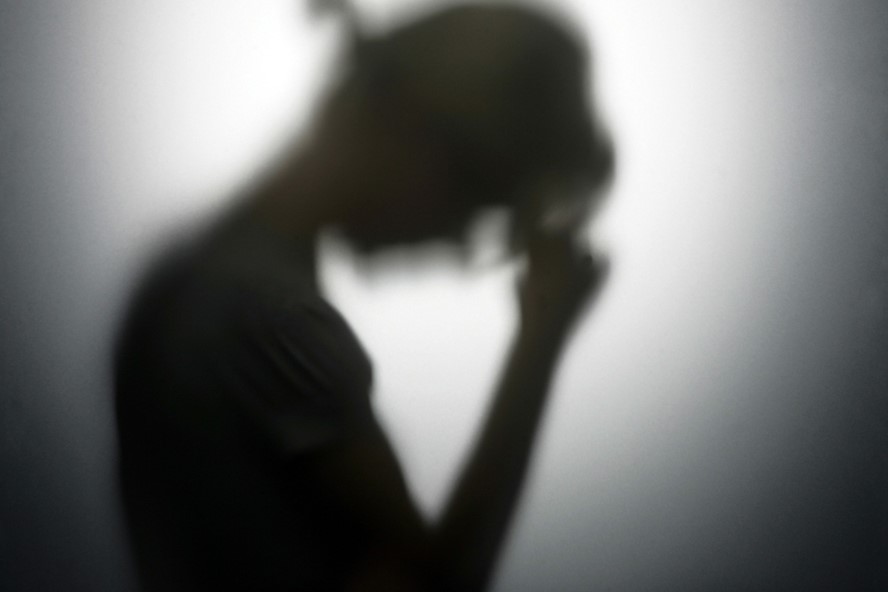
Affective disorders: mania and depression
Affective disorders are characterised by an alteration in mood, the sense of euphoria (manic states), or that of sadness (depressive states)
Sometimes the two psychopathological pictures (mania and depression) are associated, in a continuous alternation of manic and depressive episodes interspersed with more or less long periods of normality, as in the case of bipolar disorder and cyclothymic disorder.
They can be distinguished into: primary, when the affectivity disorder turns out to be, if not the only one, the main problem; and secondary, i.e. related to other conditions such as organic illnesses, other psychiatric disorders, drug intake, substance use or abuse.
Moreover, one cannot overlook the fact that some mood alterations exist as ‘normal’, as a consequence of, for example, stressful situations, frustrations, losses, disappointments or common fluctuations, even daily, in mood. Primary disorders include so-called unipolar and bipolar disorders.
Affective disorders: in the former the mood alteration takes a single direction, either towards exaltation or towards despondency
This subdivision includes mania and major, chronic and reactive depression. Bipolar disorders are those pictures in which the affectivity oscillates between the two poles of euphoria and depression.
Cyclothymia and bipolar disorder types I and II fall into this category.
Causes of affective disorders
Various psychological theories have developed different conceptions to explain the onset of affectivity disorders, emphasising psychological, physiological and hereditary factors.
The current trend is to consider a multifactorial etiopathogenetic scheme, in which multiple aspects are involved:
- heredo-genetic: the studies conducted, taken as a whole, suggest that there is a hereditary predisposition to major depression, having found a greater likelihood of developing this disorder in families with one or more depressed relatives;
- constitutional: understood as personality predisposition. These include character traits such as difficulty asserting oneself, lack of confidence in one’s own abilities, emotional instability, asociality, concern for one’s state of health, feeling haunted by an adverse fate;
- biological-metabolic: e.g. hormonal dysfunctions, alterations in the functioning of neurotransmitters, in particular noradrenaline and serotonin, organic or metabolic alterations
- psychological: these include predisposing personality traits and characteristics, family factors (upbringing, culture, ways of relating and interacting) and traumas resulting from events with a strong emotional charge or particular affective significance that can act as a trigger for the disease or as a precipitant (of an already precarious situation) or emergent (of a latent pre-existing situation). The main traumatising factors include the loss of significant persons (death or abandonment), or of status or role (retirement, dismissal,…), or even major disappointments, frustrations, failures;
- socio-environmental: in addition to traumatic events and the role of the family, the support and assistance the individual receives from society in overcoming or mitigating the consequences of ‘stress’ is important;
Read Also:
Emergency Live Even More…Live: Download The New Free App Of Your Newspaper For IOS And Android
Earthquake And Loss Of Control: Psychologist Explains The Psychological Risks Of An Earthquake
ALGEE: Discovering Mental Health First Aid Together
Rescuing A Patient With Mental Health Problems: The ALGEE Protocol
Basic Psychological Support (BPS) In Panic Attacks And Acute Anxiety
What Is Postpartum Depression?
How To Recognise Depression? The Three A Rule: Asthenia, Apathy And Anhedonia
Postpartum Depression: How To Recognise The First Symptoms And Overcome It
Postpartum Psychosis: Knowing It To Know How To Deal With It
Schizophrenia: What It Is And What The Symptoms Are
Childbirth And Emergency: Postpartum Complications
Intermittent Explosive Disorder (IED): What It Is And How To Treat It
Baby Blues, What It Is And Why It Is Different From Postpartum Depression
Depression In The Elderly: Causes, Symptoms And Treatment


